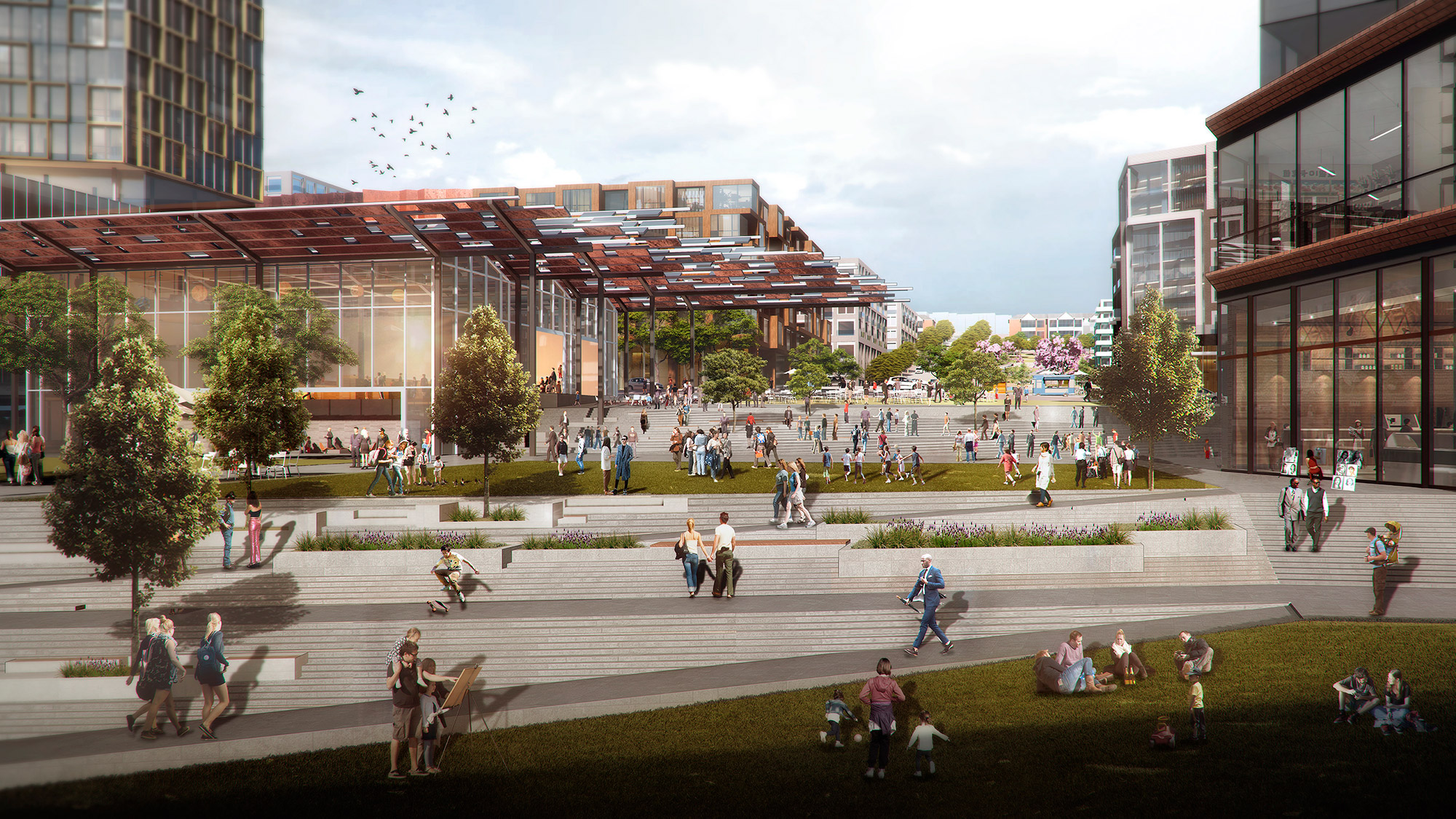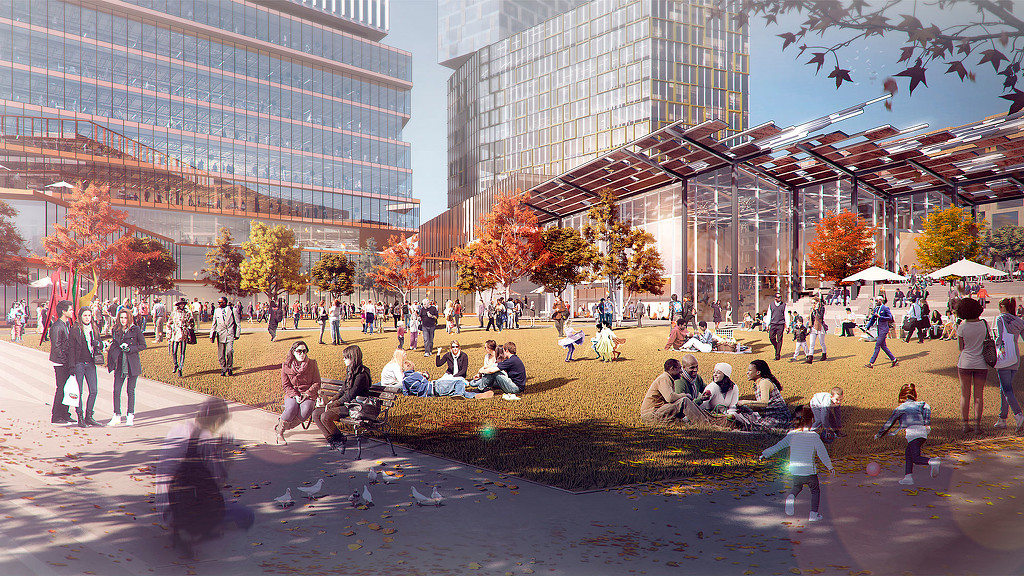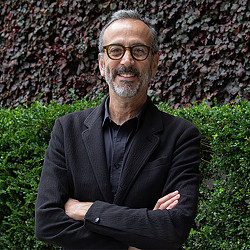Embracing Collective Memory to Redress Injustice in Pittsburgh’s Lower Hill
October 14, 2021 | By Vaki Mawema and Peter Stubb
The question of how to do justice to a neighborhood’s collective memory is never an easy one. As millions of Black families left the American south during the Great Migration from 1916-1970, Pittsburgh — and the storied Hill District in particular — grew into a cultural melting pot with a robust small business ecosystem that the Harlem Renaissance poet Claude McKay described as “The Crossroads of the World.”
Like so many predominantly Black urban centers, however, the Hill District also became a target for redlining and urban renewal programs that would displace thousands of people from their homes and ways of life. Though a heartbreaking history, it is in many ways common. Within this neighborhood is an archetype of how such injustices played out across the United States in the latter half of the 20th century.
A heavy reality, no doubt, but we are convinced this is not the end of the Lower Hill’s story. Furthermore, we believe that the Lower Hill will come to embody an altogether different archetype: a model for how, in the words of Hill District resident Bomani Howze of Buccini/Pollin Group, to turn a “redlined community to a greenlined community.” Perhaps, after all these years, we can channel the collective memory of that magical place Claude McKay described and give the Lower Hill new life.
For redevelopment, local partnerships must reflect the cultural legacy
In the case of Lower Hill, the key to correcting the injustices of the past revolved around local partners whose legacy relationships proved essential. The city’s professional ice hockey team, the Pittsburgh Penguins, had the rights to develop the 28-acre site. United with experienced organizations like Gensler as planner and Buccini/Pollin, a Delaware-based developer, the group was able to develop a plan that was aligned with the community and agreed to by the city.
The final plan for this transformational development accomplishes several disparate goals at once: weaving retail, entertainment, residential, hotel, and commercial office components together into one cohesive destination that could form the center of energy for Pittsburgh. It also celebrates the site’s unique physical characteristics, choosing to see a significant grade change as a feature rather than a bug, embracing the natural topography and resulting views unique to the Pittsburgh experience.
The great triumph of the Lower Hill plan is its ability to connect the development to downtown as well as up the Hill, supporting multi-modal connectivity throughout the site and creating inclusive and accessible green space. At the heart of the plan is the imagined rebirth of Wylie Avenue, once the vibrant center of culture of the Hill. Reflecting the importance of this street, the plan envisions Wylie as a pedestrian greenway, a linear urban park seamlessly stitching the Hill District with downtown as it might have been in the past. Anchored in the Hill at Crawford Street, the greenway weaves through the 28 acre development, providing a variety of outdoor public spaces for events, play, and recreation — ultimately landing at the foot of the CAP Park, a new highway-spanning overbuild.
Built into the development’s lifeblood is a strong community engagement component that underlies the initial vision, while continuing the conversation with local stakeholders as it ramps up. Ultimately, the development hopes to create an innovative mix of tenants that focuses on local Pittsburgh companies and brands.

Notes for the next journey: What does Lower Hill teach us?
Place, context, location — these things deepen the human experience. In the face of urban renewal, the value of preserving the collective memory that is weaved into a physical place is paramount. As designers, what do we do when the collective memories held within places like Lower Hill are both so inspiring and so fraught?
To us, one lesson seems clear: The need for a fresh start does not imply the need for a clean slate. When you take the time to learn from the communities and neighborhoods for which (and, ideally, with whom) you design, you unlock a treasure trove of historical meaning and purpose contained therein. You learn what elements of the past to emulate and recover, and what painful struggles to acknowledge and honor.
It is in this way that we seek to help Lower Hill deliver on its original promise — finishing the story right, rather than starting from scratch.
For media inquiries, email .


